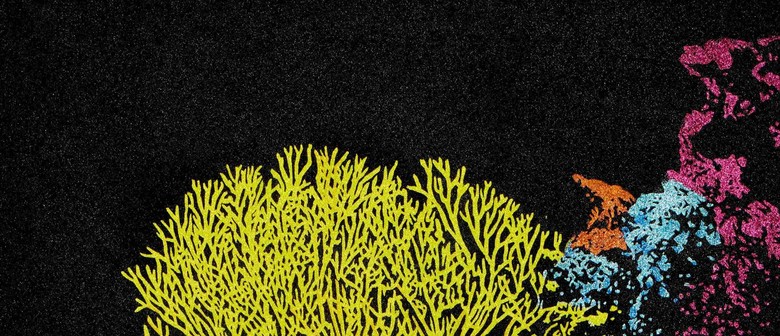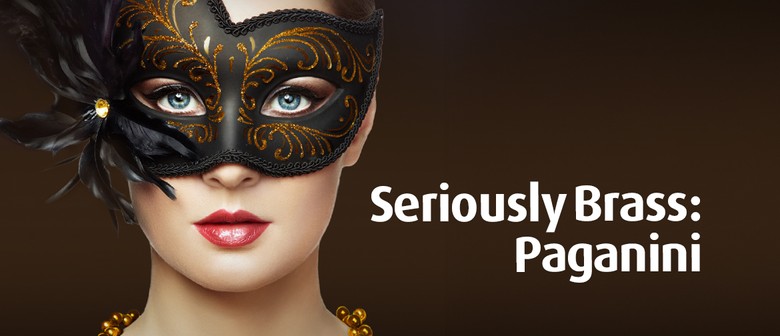Derek Cowie: Paint the Town Red
42 Victoria St, Te Aro, Wellington
Ticket Information
Restrictions
Websites
Listed by
A familiar phrase used to describe wildly extravagant and destructive behaviour, the semantic origins of the well-worn idiom ‘paint the town red’ remain open to debate. Some claim the expression emerged from an old Irish ballad describing the way bonfires cast skies and surrounding landscape in a brilliant red glow. Others insist the metaphor dates further back to 14th century Italian poet Dante’s Inferno, the first part of his epic narrative poem Divine Comedy, in which he wrote, "we are they who painted the world scarlet with sins”. But perhaps the most widely held origin story lies with the debauched activities of Henry Beresford, the 3rd Marquis of Waterford, which took place in the town of Melton Mowbray in Leicestershire in 1837. Colloquially referred to as the ‘Mad Marquis', Beresford and a group of fellow revellers purportedly took red paint to several houses and buildings surrounding the local town square following the customary fox hunt drinking celebrations. It is this last tale of aristocratic depravity and destruction that captured Derek Cowie’s imagination. For Cowie, it seems the term operates as both morality tale and political provocation that calls for the dismantlement of those elite economic and societal constructs, which the artist situates at the heart of the environmental degradation driving climate change.
In 1971, German sculptor Reiner Ruthenbeck presented a room full of overturned domestic furniture as part of his installation „Objects“—an uncomplicated gesture indicative of disorder, suggestive of the aftermath of a cataclysmic event or obscure evolving narrative. With paintings such as Ghost Comfort Cowie leans into the metaphor as a means of addressing “order and disorder”, the upended chair representing the disturbance of the establishment and everyday middle-class life with its corresponding notions of comfort, support, and civility. Unit is made up of four canvasses, each with a different chair depicted to represent the conventional nuclear family, including a prayer chair and a child’s booster seat. Cowie joins an established and surprising lineage of artists throughout history who have turned their attention to the humble object: from Diego Velasquez, Edgar Degas, and Vincent van Gogh; to Henri Matisse, Pablo Picasso, Joseph Beuys, Andy Warhol, and Ai Weiwei.
Cowie has never been one to shy away from repetition, often returning to the same utilitarian objects and vessels—teacups, saucers, jars, jugs—as carriers of value and symbolism, many of which have appeared over the course several decades, to the extent that the artist has developed a kind of iconography or visual system. The process of encountering an object again and again in different iterations allows for a richer and more immediate engagement that somehow simultaneously endows and absolves objects of meaning. In this instance Cowie's compulsive depiction of upturned chairs provides an interesting call-back to the artist’s previous series of works depicting grandstands. These modest architectural edifices are made up of tiers of seating—a quotidian provincial structure that may be taken as a symbol of community and entertainment, but which Cowie imbues with an ominous quality calling into question our collective idle spectatorship as the world around us crumbles.
Log in / Sign up
Continuing confirms your acceptance of our terms of service.



Post a comment